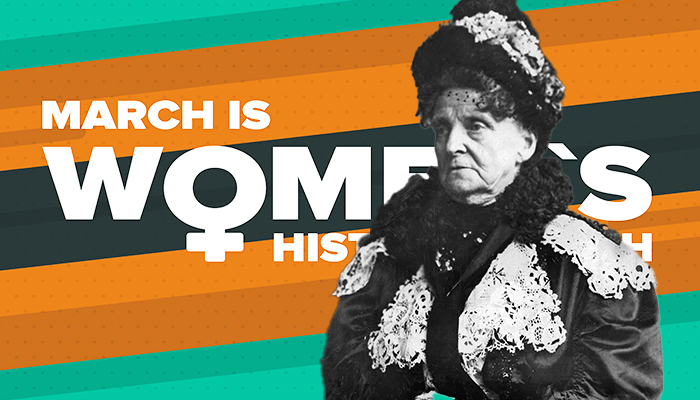You are now leaving the Strong Valley Wealth & Pension, LLC ("Strong Valley") website. By clicking on the "Schwab Alliance Access" link below you will be entering the Charles Schwab & Co., Inc. (“Schwab”) Website. Schwab is a registered broker-dealer, and is not affiliated with Strong Valley or any advisor(s) whose name(s) appears on this Website. Strong Valley is/are independently owned and operated. Schwab neither endorses nor recommends Strong Valley. Regardless of any referral or recommendation, Schwab does not endorse or recommend the investment strategy of any advisor. Schwab has agreements with Strong Valley under which Schwab provides Strong Valley with services related to your account. Schwab does not review the Strong Valley website(s), and makes no representation regarding the content of the Website(s). The information contained in the Strong Valley website should not be considered to be either a recommendation by Schwab or a solicitation of any offer to purchase or sell any securities.

Known as both “The Witch of Wall Street” and “The Queen of Wall Street,” Henrietta “Hetty” Howland Robinson Green (1834-1916) was the richest woman in the world, her worth estimated at over $100 million, the equivalent of about $2.5 billion today, at her death in 1916. This article takes a look at her life and investing philosophy. All investors could learn valuable lessons from “The Wizard of Finance.”

Women’s History Month traces its origins to 1981 when Congress passed a joint resolution designating the week beginning March 7, 1982 as “Women’s History Week” and requesting that President Reagan issue a proclamation “calling upon the people of the United States to observe such week with appropriate ceremonies and activities.”
For the next five years, Congress continued passing yearly resolutions designating a week in March as “Women’s History Week” and in 1987 Congress passed a resolution designated the month of March as “Women’s History Month.”
These proclamations celebrate the contributions women have made to the United States and recognize the wonderful achievements women have made throughout American history.
Henrietta ("Hetty") Howland Robinson was born in 1834 in New Bedford, Massachusetts, the daughter of Edward Robinson and Abby Howland, one of the most well-off whaling families of the time.
When she was two years old, Hetty was sent to live with her grandfather, Gideon Howland, and her aunt, Sylvia Ann Howland, but it was because of her grandfather’s failing eyesight that Hetty learned to read him the stock quotes and commerce reports from a remarkably young age. At the precocious age of 13, Hetty became the family’s bookkeeper.
Hetty's father died in 1865 and left Hetty a sizeable inheritance, including a trust fund from which she received income but did not control the principal. That same year, Hetty’s aunt Sylvia also died leaving Hetty a sizeable inheritance, but similarly in a trust fund from which she received income, but did not control the principal.
Hetty challenged the validity of the wills in Robinson v. Mandell and argued that the entire estate was meant for her as evidenced by an earlier will made in 1862, which Hetty produced for the court. After five years of legal battles, Hetty reached a settlement of $600,000 (worth over $12 million in today’s dollars).
Hetty invested the interest from her trust funds much like her father did, buying Civil War bonds, which paid a high yield in gold, and were supported by railroad stocks. Her investing philosophy could be described as “deep-value” but it is probably best described as “contrarian.”
Here are some of the more noteworthy quotes from Hetty that best describe how she invested:
Hetty’s thriftiness was the story of legends. She was rumored to never turn on the heat or use hot water and also to only wear one black dress and undergarments that she only changed when they were completely worn out. Another rumor swirled that Hetty told her laundress to only wash the hems of her dress, because that was the dirtiest part and she wanted to save money on soap.
But while Hetty’s frugality made sense to her, she was building a reputation that was far from flattering. To which she responded: "Just because I dress plainly and do not spend a fortune on my gowns, they say I am cranky or insane."
As a businesswoman, Hetty was wildly successful. She dealt mainly in real estate, railroads and mines. But Hetty also lent money, including when the City of New York asked her for loans to keep the city solvent on several occasions, most notably during the Panic of 1907, when Hetty wrote a check for $1.1 million in exchange for short-term revenue bonds.
Interestingly, at one time Hetty was New York City’s largest lender, but she moved to Hoboken, New Jersey to avoid New York’s property tax.
On July 3, 1916, Hetty died at age 81 and by that time had amassed a number of remarkable accolades, including:
Estimates of her worth ranged from $100 million to $200 million (about $2.5 billion to $4.5 billion in today’s dollars), making her easily the richest woman in the world at the time.
While Women’s History Month only traces its roots back to 1981 – a full 65 years after Hetty’s death – Hetty had some very strong beliefs on women and finances. In her own words, she said:
The story of Hetty Green is a must-read for every investor.



